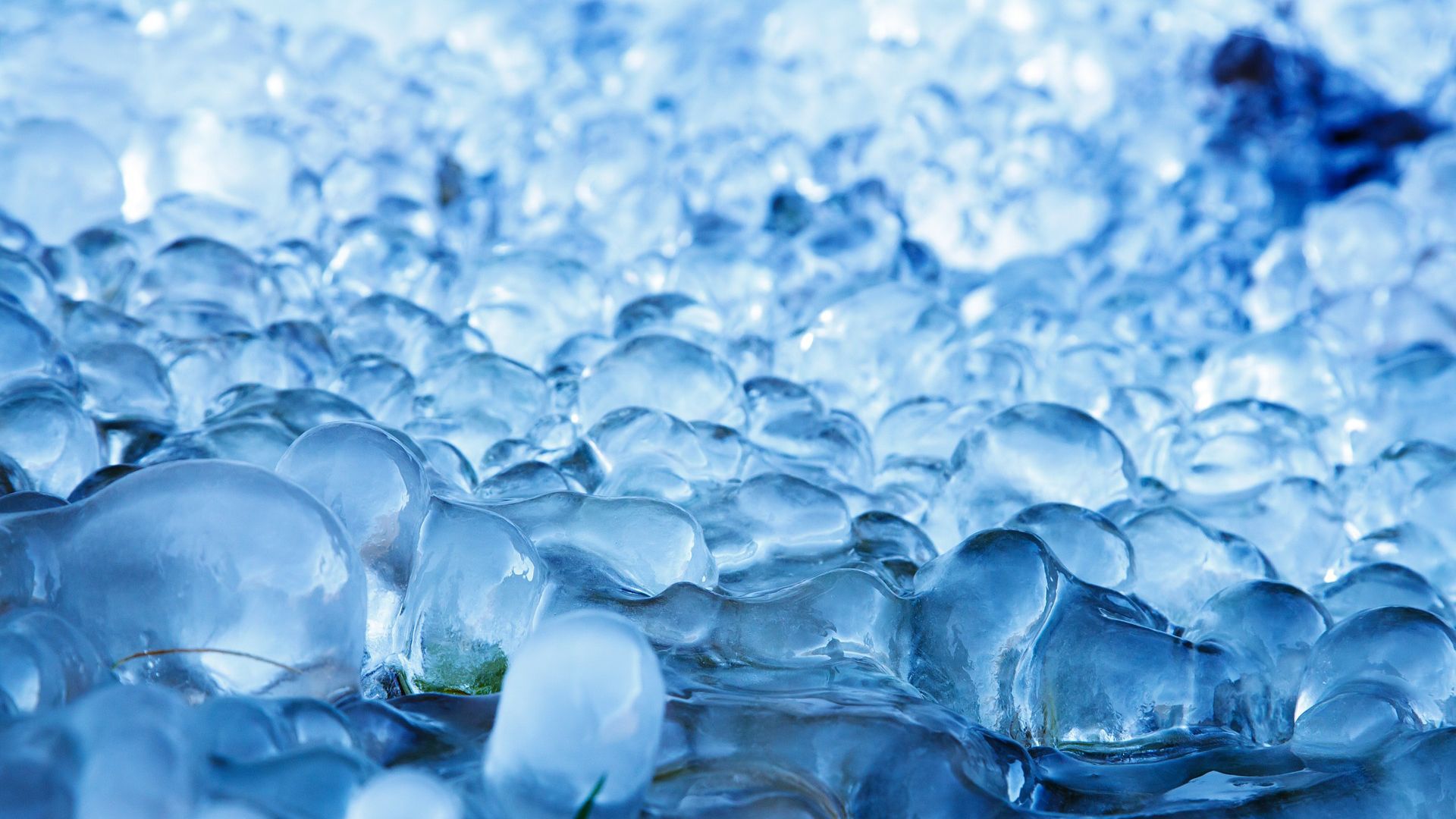One of the most basic things that we learn when growing up is that water can exist in 3 different states of matter: as a gas (water vapor), as a liquid (water… water), and as a solid (ice). This basic and fundamental concept has recently been turned upside down as scientist have discovered that water might also exists in a fourth state; liquid water it appears might actually come in two different states. A collaborative team of researchers led by Dr. Laura Maestro at Oxford University, found that the physical properties of water changed their behavior between 50 and 60℃ potentially changing to a second physical state of water.

States of matter, also called ‘phases,’ are a key concept in the study of systems made from atoms and molecules. A ‘system’ (like water for example) formed from numerous molecules (in this case H2O) can be arranged in a specific number of configurations depending on its total energy. At higher temperatures (and therefore higher energies), there are more possibilities for configuration of the molecules and so they are more disorganized and move about relatively freely; this is the gas phase. At relatively lower temperatures than those observed in the gas phase the molecules have a more limited number of configurations. As a result they form a somewhat more ordered phase; this results in a liquid. If the temperature goes down further, the molecules arrange themselves in a very specific configuration and the product is a solid.
This description is common for relatively simple molecules, but for more complex molecules, there is a larger number of possible configurations and this results in more phases. A good example of this is the behavior of liquid crystals. These systems are formed by complex organic molecules which flow like a liquid, but still have a solid-like crystalline structure.
Water is simple enough, but apparently not too simple. These recent findings suggest that what we’ve known about water and its different phases needs to be revisited. To read more about this work, check out the article published in the International Journal of Nanotechnology, and have a happy Fun Science FRIEDay!!